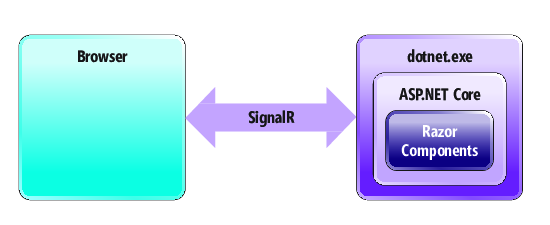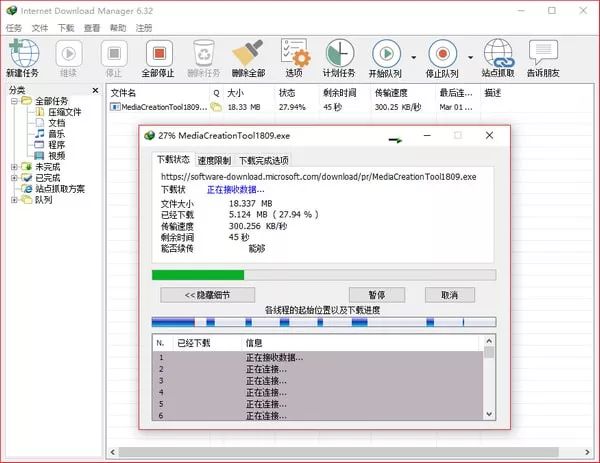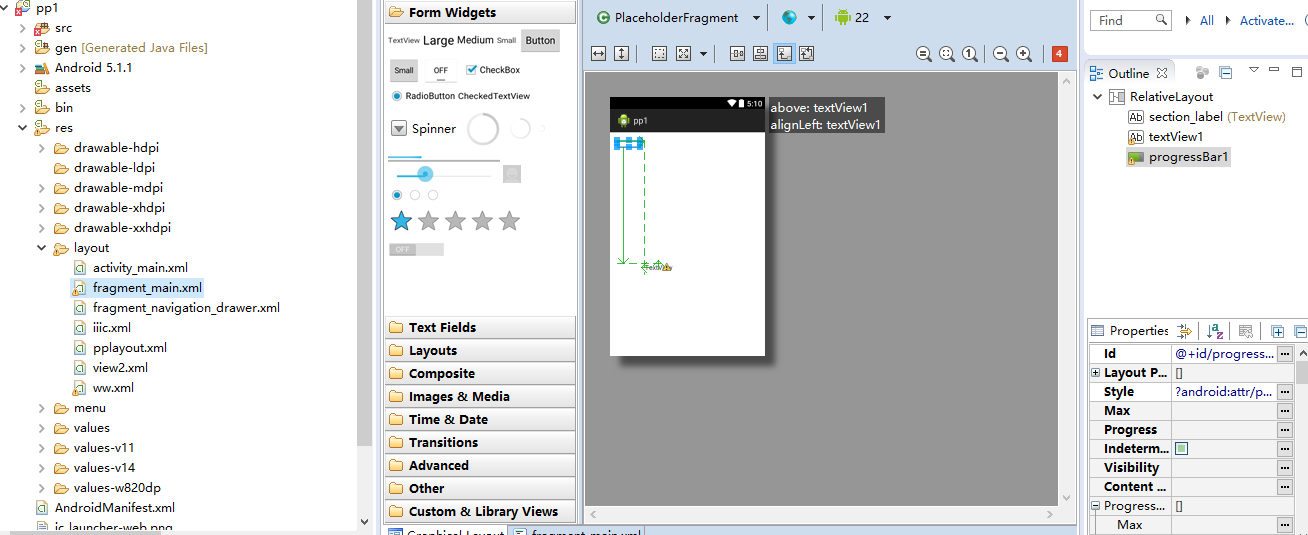dom4j中的XMLWriter提供以下几种构造方法:
XMLWriter()
XMLWriter(OutputFormat format)
XMLWriter(OutputStream out)
XMLWriter(OutputStream out, OutputFormat format)
XMLWriter(Writer writer)
XMLWriter(Writer writer, OutputFormat format) 最简单常用的可能是new XMLWriter(new FileWriter(...))这样的形式。可如果你一旦这么用,就会造成编码问题。由于dom4j对于文件编码的选择是用java本身类的处理方式(可以从源码看到),这么写就是采用FileWriter的处理方式,而FileWriter是不提供对编码的处理的。于是会调用系统自身的编码,比如用中文操作系统,编码方式就是gbk,但是它默认的在文件头写上<?xml version="1.0" encoding="UTF-8"?>。
也就是说,他以当前操作系统的编码保存文件,并且竟然自动添加文件头为"utf-8"格式,这会导致很多程序无法读取正确编码,而且具有很差的移植性(比如在windows下开发,放到linux服务器下跑,毕竟一般linux服务器默认local都是utf-8)。
解决途径一:
使用new XMLWriter(new FileOutputStream(...))方法
这样做,因为dom4j默认使用utf-8编码,即xml文件头默认编码方式,并且内容也会使用utf-8保存,这样可以做到一致的编码,不会出问题
解决途径二:
使用new XMLWriter(new FileOutputStream(...), outputFormat)的构造方法
OutputFormat xmlFormat = OutputFormat.createPrettyPrint(); xmlFormat.setEncoding("utf-8"); XmLWriter writer = new XMLWriter(new FileOutputStream(...), xmlFormat); writer.write(document); writer.close();
如上,setEncoding可以设置存储的文件编码格式,createPrettyPrint是得到美化xml格式输出。这样的话,在不同的环境下可以获得同样的编码读写,并且真正保证了文件标称与实际编码的一致性。
注意如果使用OutputFormat是为了设置文件编码,那千万别用 XMLWriter(new FileWriter(...), outputFormat)构造方法,因为如前面所说,FileWriter不会处理编码,
所以即使你使用format.setEncoding("utf-8");他仍然不会使用utf-8编码,而只是把文件头指定为utf-8,这类似不使用outputFormat的情况。
以下为个人实践代码:
/*** 输出xml文件* * @param document* @param filePath* @throws IOException*/public static void writeXml(Document document, String filePath) throws IOException {File xmlFile = new File(filePath);XMLWriter writer = null;try {if (xmlFile.exists())xmlFile.delete();writer = new XMLWriter(new FileOutputStream(xmlFile), OutputFormat.createPrettyPrint());writer.write(document);writer.close();} catch (UnsupportedEncodingException e) {e.printStackTrace();} catch (FileNotFoundException e) {e.printStackTrace();} catch (IOException e) {e.printStackTrace();} finally {if (writer != null)writer.close();}}
@Testpublic void testXMLDoc() {try {String filePath = "E:/eXML.xml";Document document = XMLUtil.getDocument(filePath);Element root = null;document = XMLUtil.createDocument("vrvscript", "Class", "POLICY_BASE_LINE");root = document.getRootElement();root.addAttribute("P_ID", "12");root.addAttribute("StartPolicy", "1中文");root.addAttribute("PolicyVersion", "1.0");root.addAttribute("ScheduleMode", "6");root.addAttribute("ScheduleTime", "1:1:1");root.addAttribute("RuleHandle", "2");XMLUtil.writeXml(document, filePath);} catch (IOException e) {e.printStackTrace();}}
测试结果发现:当写入的内容包含中文时产生的xml文件是UTF-8;但如果写入的内容中不包含中文,仅包含ANSI字符,那么产生的xml文件就是ANSI

@Testpublic void testXMLDoc() {try {String filePath = "E:/eXML.xml";Document document = XMLUtil.getDocument(filePath);Element root = null;document = XMLUtil.createDocument("vrvscript", "Class", "POLICY_BASE_LINE");root = document.getRootElement();root.addAttribute("P_ID", "12");root.addAttribute("StartPolicy", "1");root.addAttribute("PolicyVersion", "1.0");root.addAttribute("ScheduleMode", "6");root.addAttribute("ScheduleTime", "1:1:1");root.addAttribute("RuleHandle", "2");XMLUtil.writeXml(document, filePath);} catch (IOException e) {e.printStackTrace();}}



















